Introduction to Python
1- What is Python?
Python is an interpreted, object-oriented, high-level programming language with dynamic semantics. Python supports modules and packages, which encourages program modularity and code reuse. The Python interpreter and the extensive standard library are available in source or binary form without charge for all major platforms, and can be freely distributed.
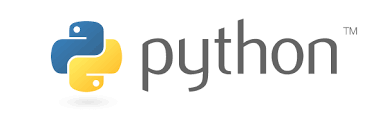
Here are the features of Python:
- Grammar is simple and legible.
- Being procedural-oriented and object-oriented
- Supporting module and package
- Handling errors with exception
- Having high level dynamic data types
- Having standard libraries and external modules that meet all the needs of programming.
- Being able to interact with other modules written on C / C ++ (Or Java for Jython, or Net for IronPython).
- Being able to embed the application as a scripting interface.
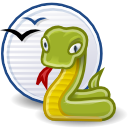
Python is easy to connect to other components:
- Python can connect to the objects such as COM, .NET (Ironpython, Python for .net), and CORBA, Java… Python is also supported by Internet Communications Engine (ICE) and other connectivity technologies.
- Being able to write libraries on C/C ++ to embed into Python and vice versa.
Python is a languague that can run on multiple platforms.
- Python is used for all the OS: Windows, Linux/Unix, OS/2, Mac, Amiga, and other OSs. There are even versions running on .NET, Java virtual machine, and Nokia Series 60. For the same source code, it will be the same when running on all the platforms.
Python is very simple and easy to learn
- Python has very large programming communities, standard library systems, and open source libraries that are shared on internet.
Python is an open source language
- Python instalment using open source license should be used and be freely distributed even in conmmerce. The Python license is managed by Python Software Foundation.
Currently, Python language is ranked third in the top 10 of most popular programming languages in the world. ((Ranking 2016):
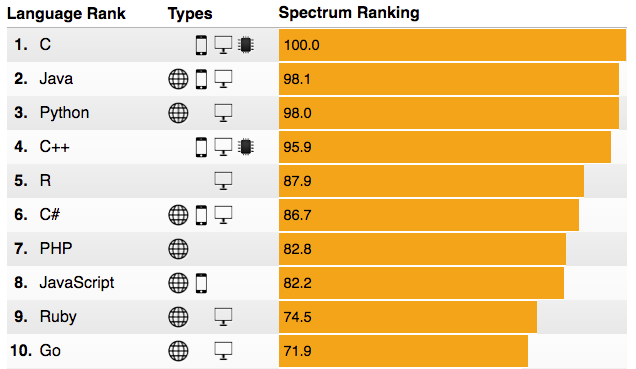
According to statistics from the top 39 computer science shools, most of them use Python language in teaching:
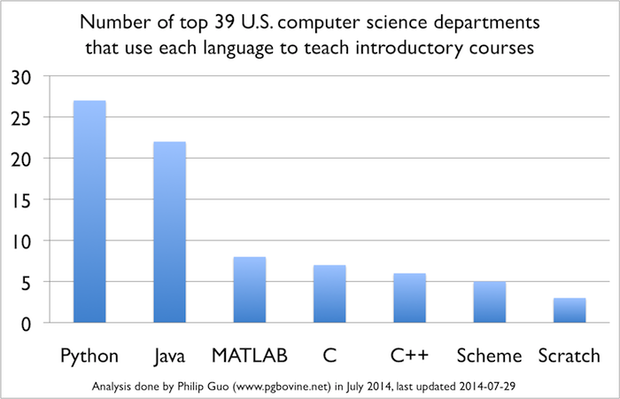
Python was conceived in the late 1980s, and its implementation began in December 1989 by Guido van Rossum at Centrum Wiskunde & Informatica (CWI) in the Netherlands as a successor to the ABC language (itself inspired by SETL) capable of exception handling and interfacing with the operating system Amoeba. Van Rossum is Python's principal author, and his continuing central role in deciding the direction of Python.
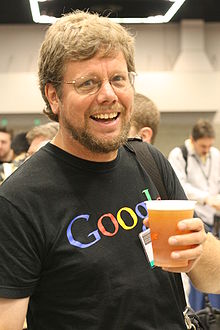
Guido van Rossum
About the origin of Python, Van Rossum wrote in 1996:Over six years ago, in December 1989, I was looking for a "hobby" programming project that would keep me occupied during the week around Christmas. My office ... would be closed, but I had a home computer, and not much else on my hands. I decided to write an interpreter for the new scripting language I had been thinking about lately: a descendant of ABC that would appeal to Unix/C hackers. I chose Python as a working title for the project.
Python 2.0 was released on 16 October 2000 and had many major new features, including a cycle-detecting garbage collector and support for Unicode. With this release the development process was changed and became more transparent and community-backed
Python 3.0 was released in 2008 after a long period of testing.
By 2017, the updated version of Python is 3.7 version.
Let's start with Python by installing it.
Windows:
Or Ubuntu
And Study: